
We all know that we need more girls in tech. Female enrollment in computer science classes continues to be less than male enrollment. So, why aren’t girls enrolling in computer science classes?
This is a complicated question, with many factors. We are excited to see many organizations conducting research to try and help increase the representation of women in tech. Let’s take a minute to examine one facet of the question:
Where are the girls?
Good Experiences with Computer Games Draw Kids to Software Engineering
One of the things that draw students to computer science is that they had a good experience with a computer game. They enjoyed playing a game of some sort and are interested in what is going on behind the scenes. Many students are initially interested in creating computer games and then later branch out to other software engineering fields.
And computer games are created for boys. While this statement is oversimplified, the underlying message is clear: the majority of video games are created with a male market in mind. A 2008 Gallup poll indicated that men and women each make up half of all American video game players. Even knowing that half of gamers are girls, the video game industry creates most of their games with the intent to market to a male audience.
This trend can be traced back to the 1980s with the introduction of Namco’s arcade video game Pac-Man, which starred a male protagonist. Ironically, this was also the first commercial video game to involve large numbers of women as players. The game's popularity among women led to the game's North American distributor, Midway Games, developing a sequel Ms. Pac Man in 1982, which starred a female protagonist as their "way of thanking all those lady arcaders who have played and enjoyed Pac-Man."
With a male market in mind, female characters were often not used as the protagonist. Throughout the next few decades, female characters were often cast in the role of the damsel in distress, with their rescue being the objective of the game. Princess Zelda in the early The Legend of Zelda series, the Sultan's daughter in Prince of Persia, and Princess Peach through much of the Mario series are examples. These roles don’t often lead to inspiring young girls to discover CS. Young boys are more likely to be deeply interested in these kinds of games, which would lead them to want to find out more and choose to enter a computer science classroom.
The Cycle of Computer Game Creation and Computer Science
Why are most games geared toward men? Because most game developers are men.
There simply aren’t many women creating games. While half of gamers are women, you wouldn’t know it by looking at game publishers. Men constitute seventy-five percent of the game development workforce.
This means more men are creating video games than women. Which is leading to more boys joining computer science courses. Which leads to more boys growing up to be men that make video games.
It’s a cycle.
If there are fewer women in the game industry, the culture will be that much less welcoming to female newcomers.
We need more women to design strong female characters, speak out against harmful design decisions, and create games that appeal to more users. We need more women to create inspiring, powerful, relatable characters and stories that speak to the young girls out there. We need more women to pave a way that inspires girls to learn about computer science.
So what is Skill Struck doing about it?
At Skill Struck, our product team works hard to make our games and curriculum interesting and accessible for all K-12 users, male and female. These are the ways we’ve been intentional about that:
- Representation of Characters.
With every game design, our designers are intentional about the representation of our characters. This is true for all Skill Struck platforms. On our platforms, learners can select from a variety of genders, ethnicities, and builds.
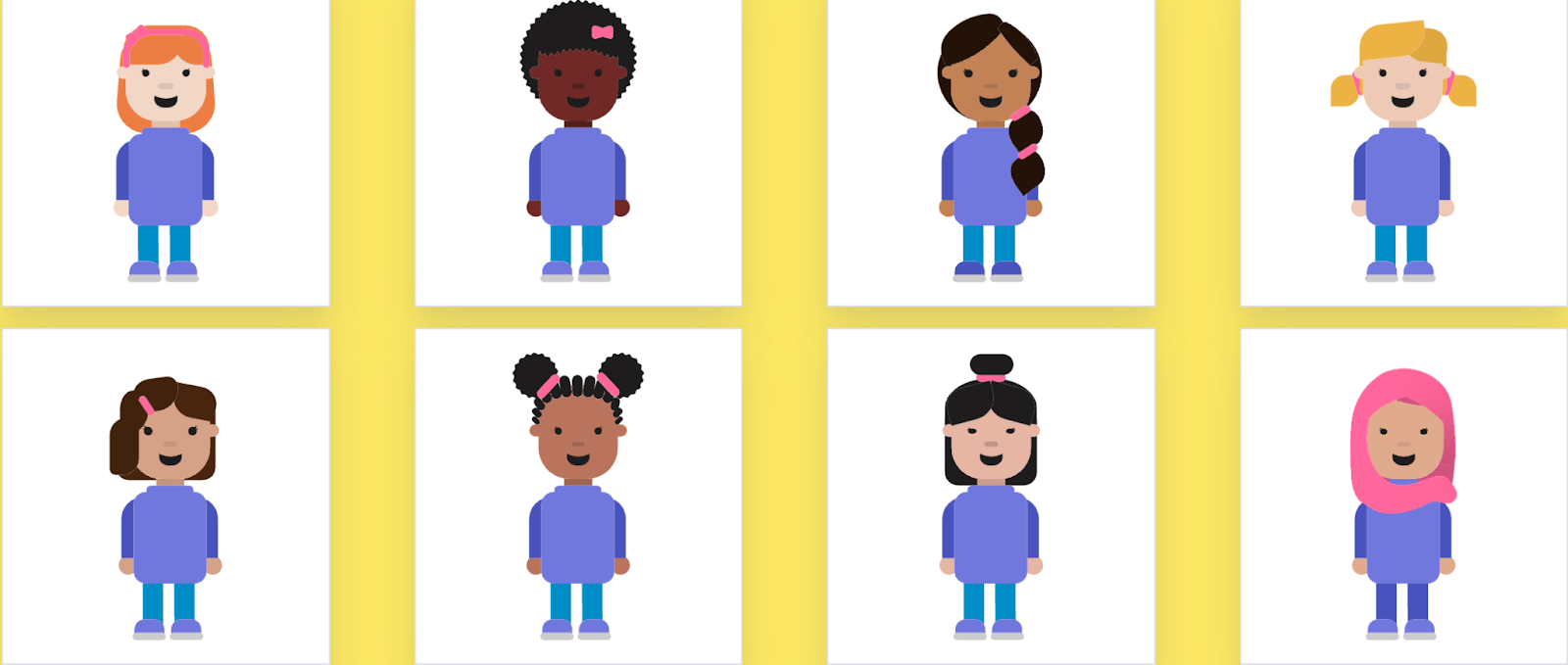
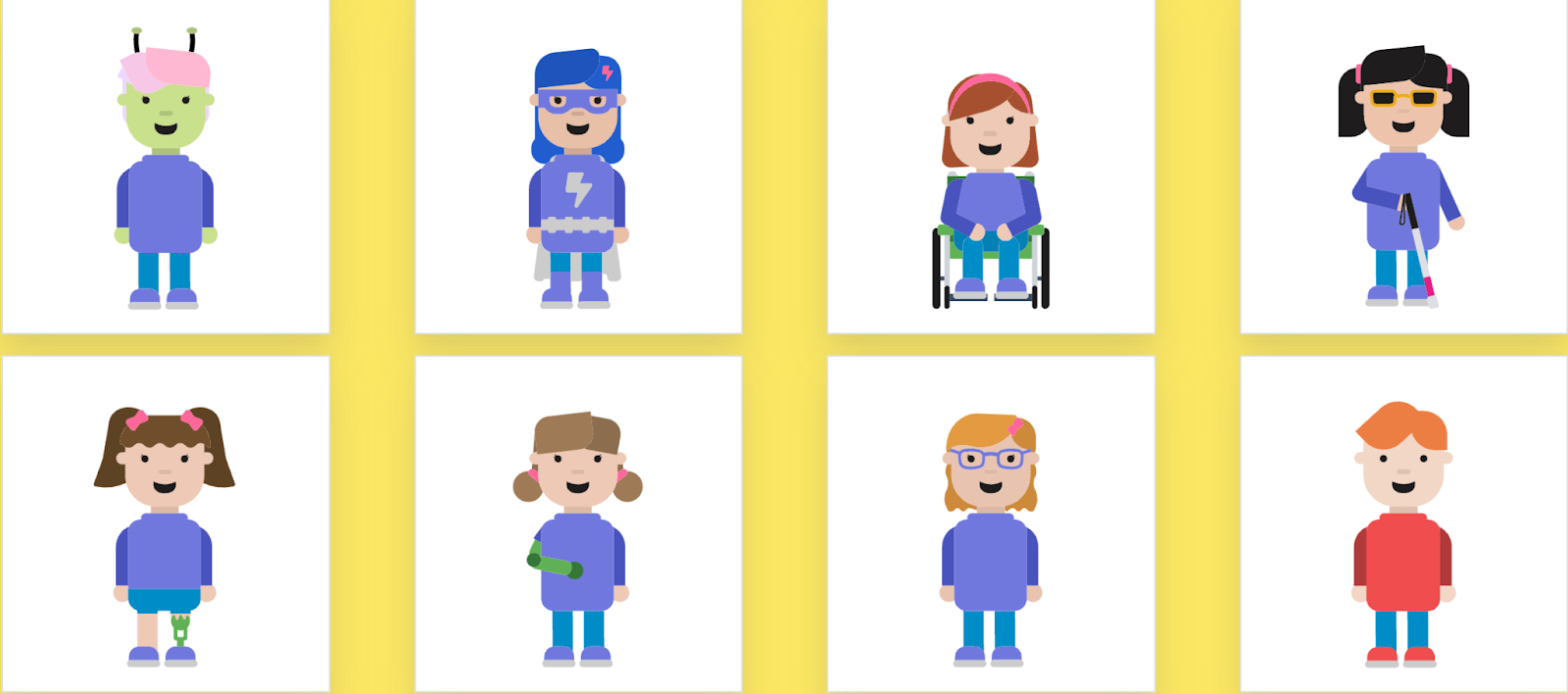
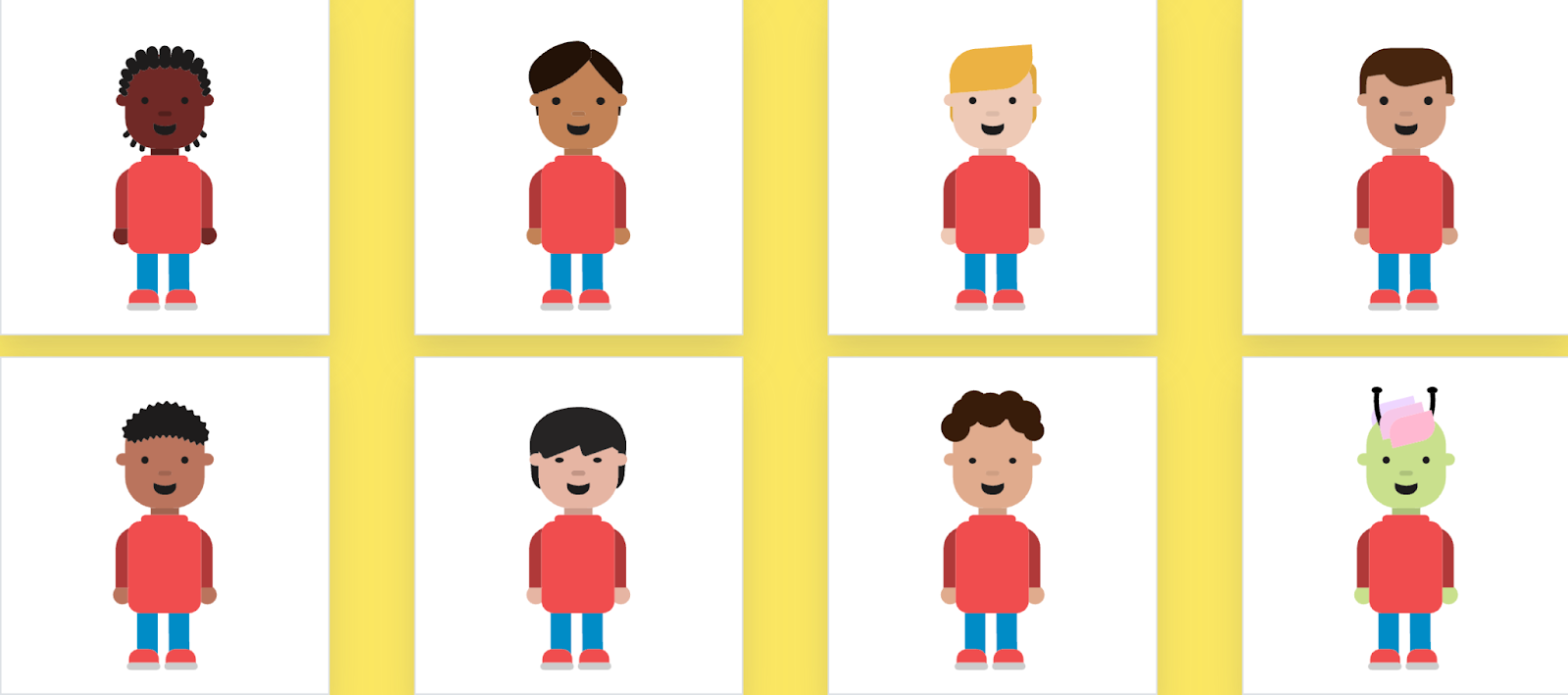
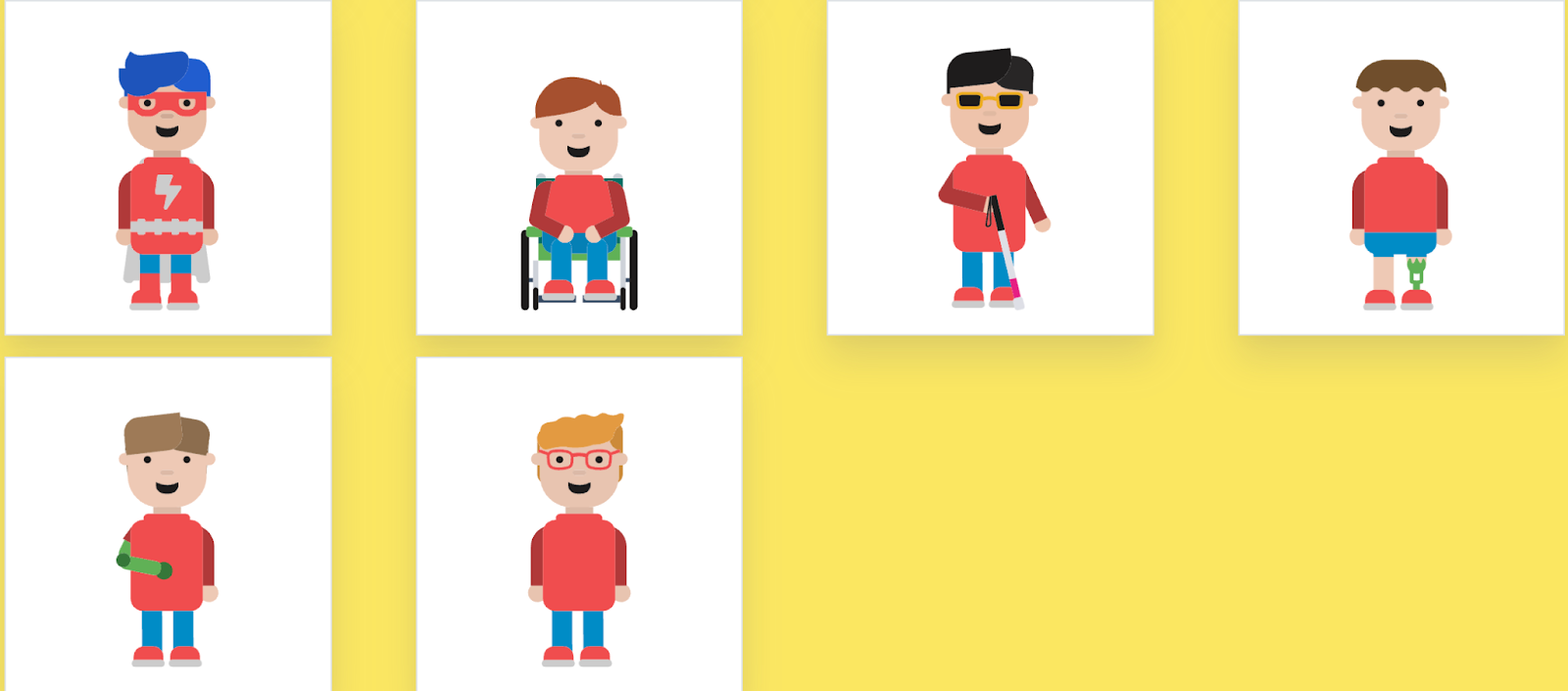
- Variety of Interests in Challenges and Activities.
All of our challenges and activities tap into a wide variety of interests. We bring in an assortment of topics that are not commonly seen in computer science fields. These topics include nonprofit ideas, a variety of exercise approaches beyond sports (aka, yoga, dance, hiking), design principles, conservation efforts, cooking, and more. Simply having a variety of applications helps catch the attention of a greater variety of students.
- K-5 Creative and Critical Thinking Activities.
Flight Training and Launch Pad, Skill Struck’s K-5 platforms, help students of all backgrounds, male and female, engage in creative activities that help them exercise critical thinking skills. By introducing coding and computer science to students at a young age, you can help them foster passion and interest in CS which will help them enroll in CS classes in later grades. Our strategy is to lead students through engaging challenges at the start of a student’s learning career. Some of the ways we engage young students in CS are through puzzle solving, animation building, and creating websites. We work to take an approach that would be interesting for everyone.

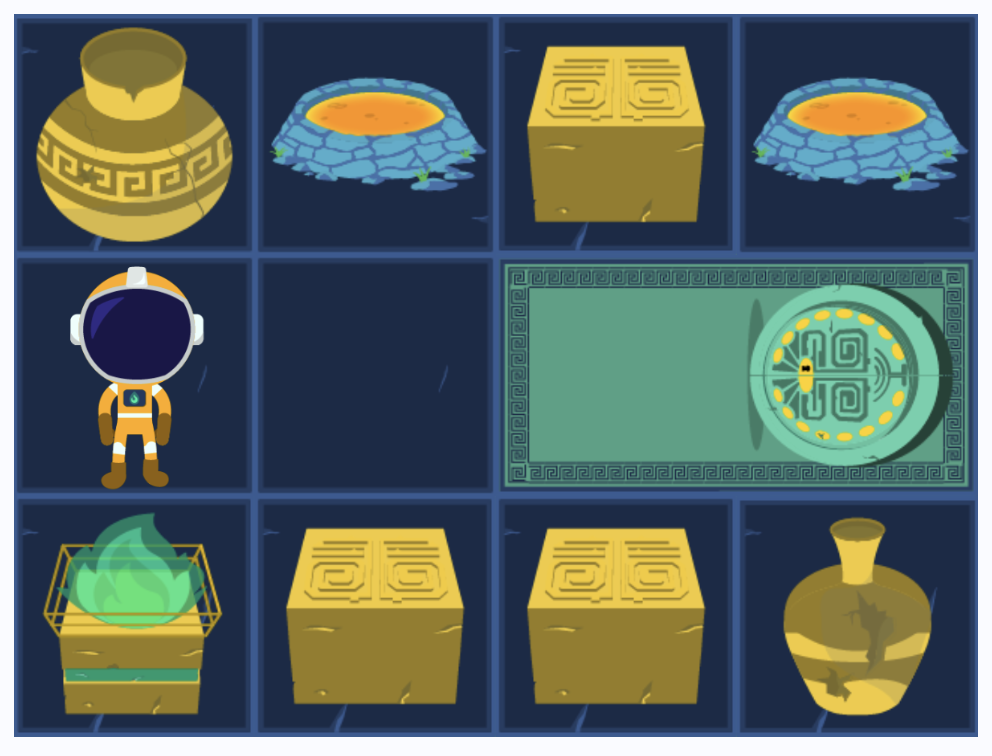
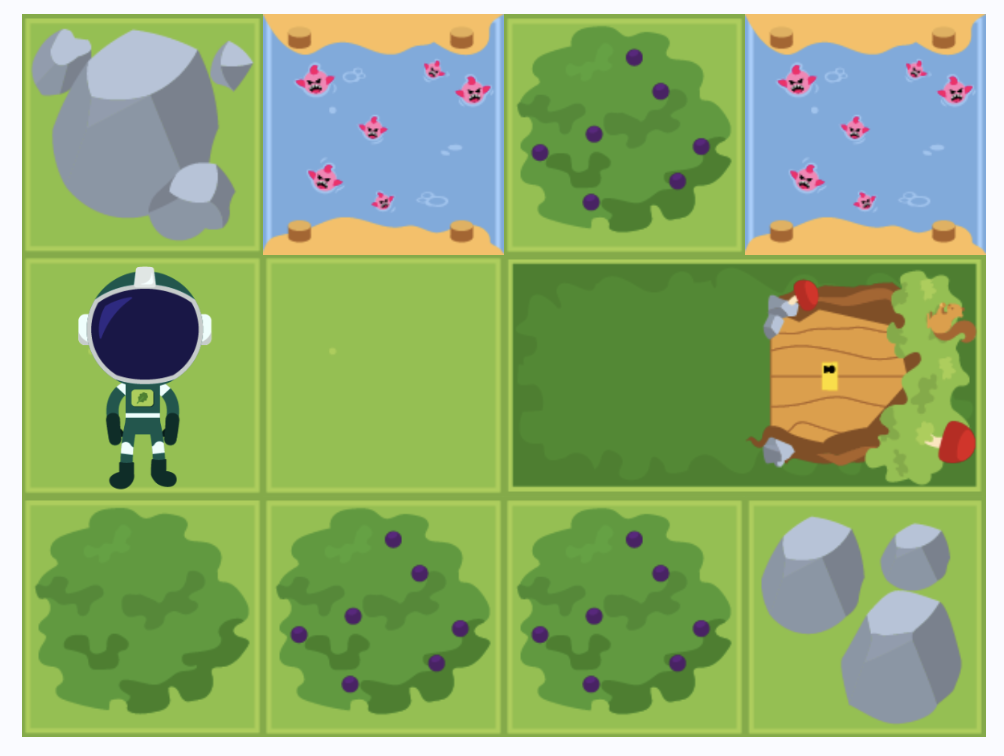
- Representation in Computer Science.
At Skill Struck, we combat the common stereotypes so often identified as to “who” typically participates in computer science learning. It’s very important for students to be able to see themselves in a CS role. Skill Struck hosts coding events where students can see a person like them in a computer science role, and has a library of videos of what the day-to-day life of a woman in tech is like. These kinds of approaches support an increased number of girls entering the world of tech.
The disparity between men and women in the tech industry is a concern. Skill Struck is doing whatever we can to spark interest in young girls for computer science. It’s all connected.
Learn more about how you can increase equity in computer science for girls in your district at www.skillstruck.com.
Sources
Kelleher, Caitlin (2008). Kafai, Yasmin B.; Heeter, Carrie; Sun, Jennifer Y. (eds.). Using Storytelling to Introduce Girls to Computer Programming. Beyond Barbie & Mortal Kombat: New Perspectives on Gender and Gaming. The MIT Press. p. 247. ISBN 978-0-262-11319-9.
Worley, Joyce (May 1982). "Women Join the Arcade Revolution". Electronic Games. Vol. 1, no. 3. pp. 30–33 [33]. Retrieved 2019-04-29.
The Struggle To Bring More Women Into Game Development By Cecilia D'Anastasio https://kotaku.com/video-games-are-giving-up-on-the-idea-that-we-can-save-1849727976
Leave Your Comment Here